Can EOs Lose Their Efficacy?

It’s been said too many times: Pure essential oils don’t lose their efficacy or expire. However, the old adage “All good things come to an end” applies even to our beloved essential oils. Though we wish it weren’t so, facing the fact that essential oils expire will help you in using your essential oils safely and effectively. Luckily, there are ways to maximize your essential oils’ shelf life and effectiveness.
Chemistry of Essential Oil Shelf Life
Essential oil constituents are classified under chemical families. Oils also belong to the same chemical families as their constituents. Which chemical family a constituent is classified under depends on the constituent’s molecular structure. For example, monoterpenes contain 10 carbon atoms and sesquiterpenes contain 15 carbon atoms. Smaller molecules are unstable, whereas larger molecules are generally more stable.
Furthermore, double bonds in a molecule make it less stable than a molecule with many single bonds. A molecule with double bonds is considered unsaturated (with single bonds). Likewise, a molecule with single bonds is considered saturated (with single bonds). This is why saturated fats are considered bad, as they are more stable and more difficult for your body to breakdown.
So, what does this have to do with shelf life? Basically, smaller, unsaturated molecules like monoterpenes are unstable and more prone to expire by oxidation and rancidity. Therefore, oils like Lemon and Grapefruit, which are high in monoterpenes, have a shelf life of about 1-2 years. On the other hand, larger, saturated molecules, like many sesquiterpenes, are less prone to oxidize and become rancid. So, oils high in sesquiterpenes, such as Patchouli and Sandalwood, have a shelf life of about 4-8 years. The aromas of these latter oils are actually said to improve with age.
Oxidation & Rancidity
So how exactly does an oil expire? The answer is oxidation. A combination of light, heat and oxygen causes atoms to lose electrons, in turn leading to degradation of an essential oil’s aroma and therapeutic value. This renders an oil ineffective and even unsafe, because oxidized essential oils are known skin irritants. Rancid oils can generally be spotted by a change in odor, color, viscosity and cloudiness. However, it’s not always easy to tell if an oil has oxidized, so be sure to store your oils properly and keep track of your oil’s shelf life.
Maximizing Shelf Life
There are plenty of ways to ensure you’re getting the most out of your oils. Here are some of our favorite ways:
- Store bottles in a cool, dry, dark area.
- Keep your oils stored in the fridge (in a baggie or case to keep them from affecting your food’s flavor).
- Close essential oil bottles tightly to keep air out.
- Only purchase the amount of essential oil that you plan to use within the shelf life.
- Transfer oils to smaller bottles to keep air out. For example, after using half of a 10 ml bottle, transfer the remaining oil to a 5 ml bottle.
- Add a drop or two of vitamin E (an antioxidant) to your essential oil to prevent rancidity.
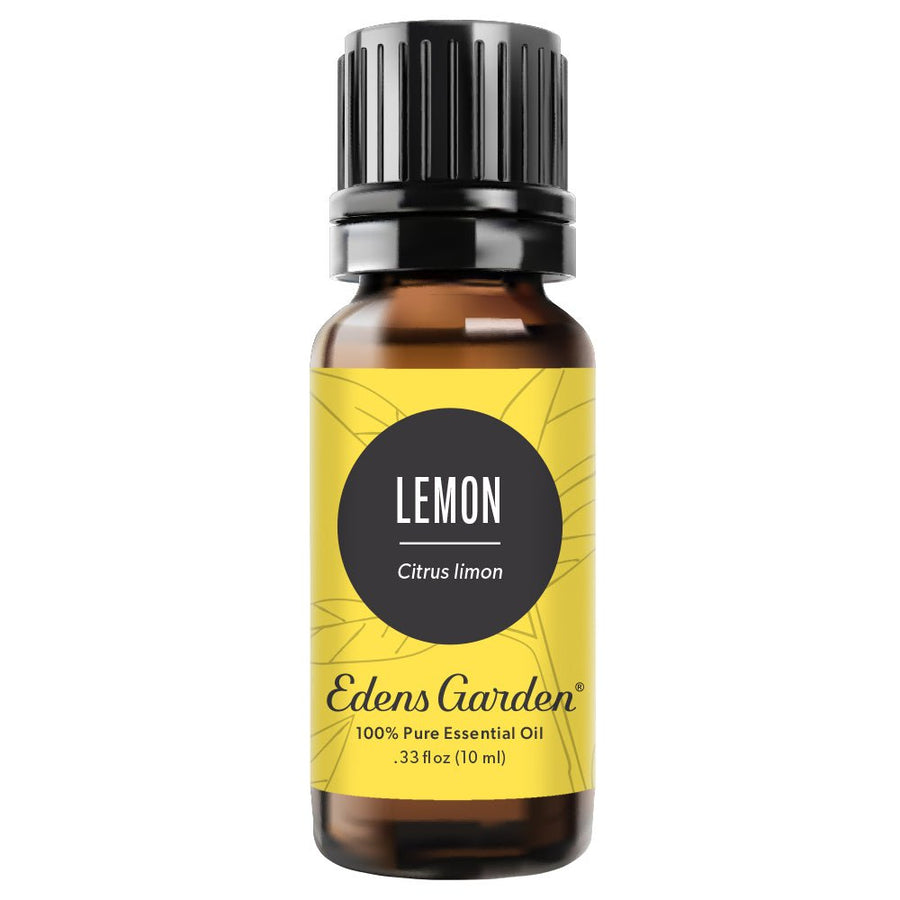
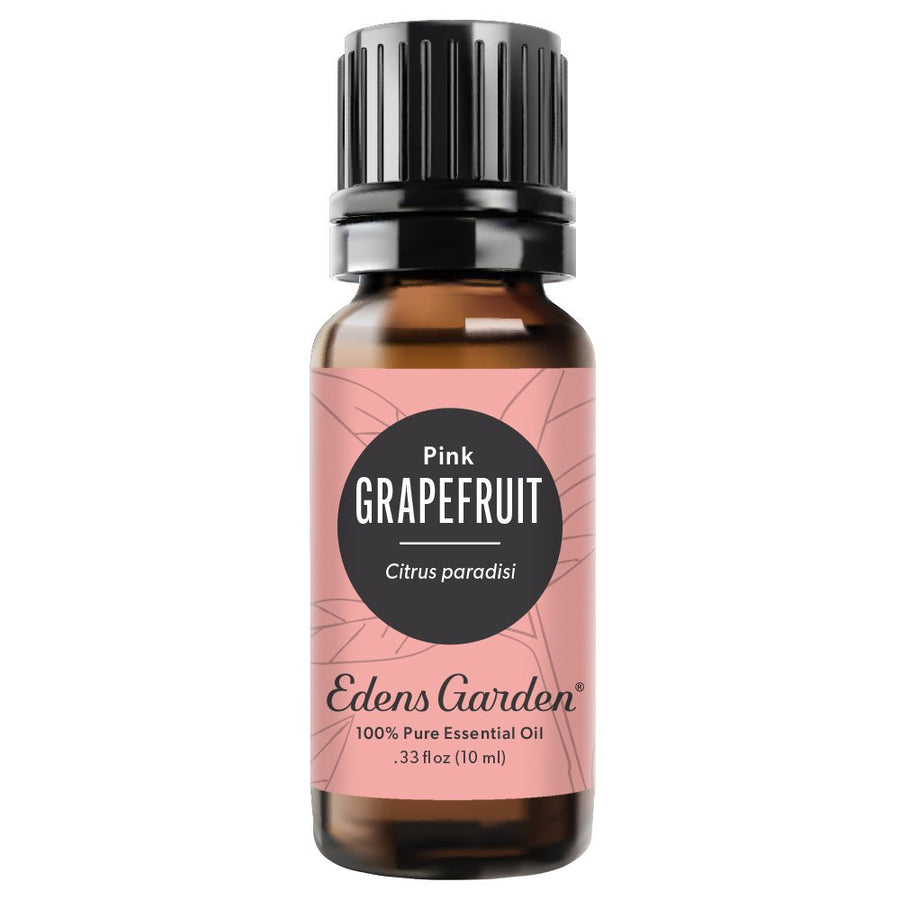
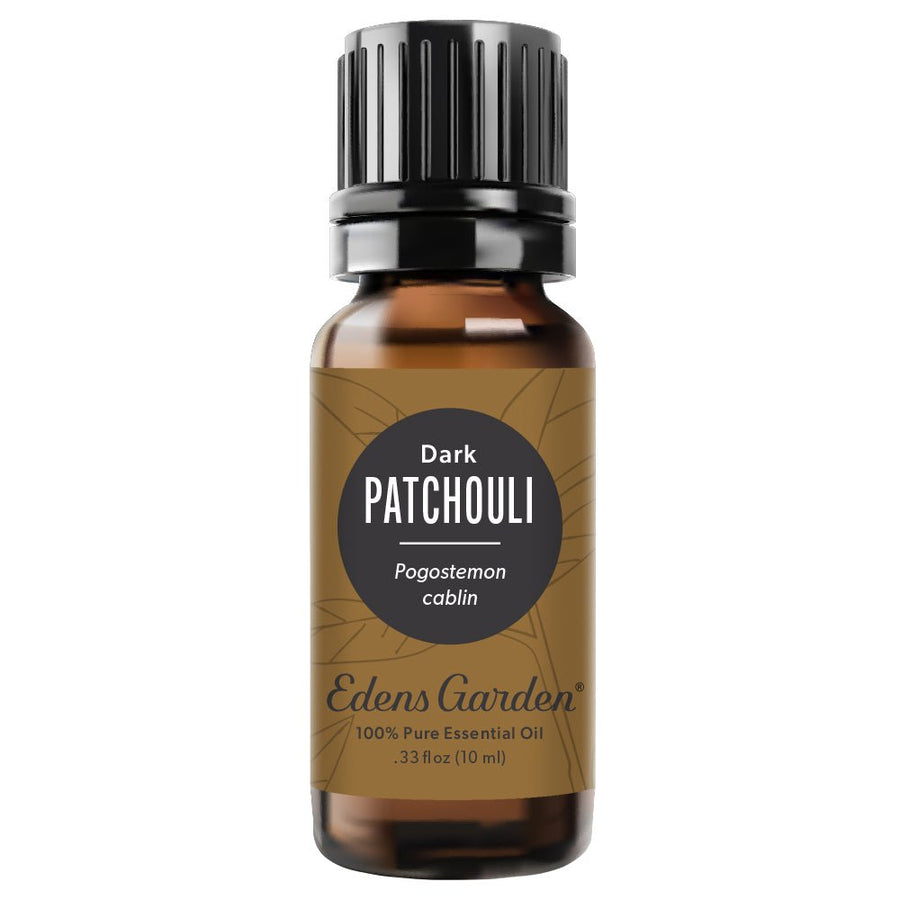
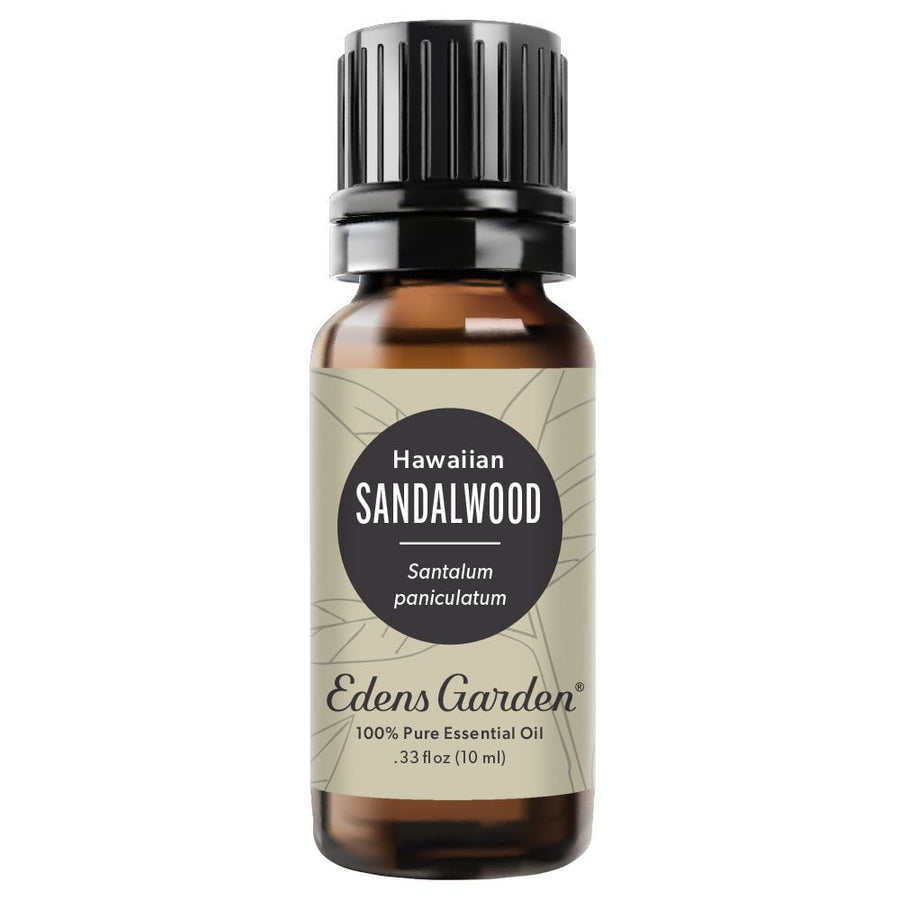



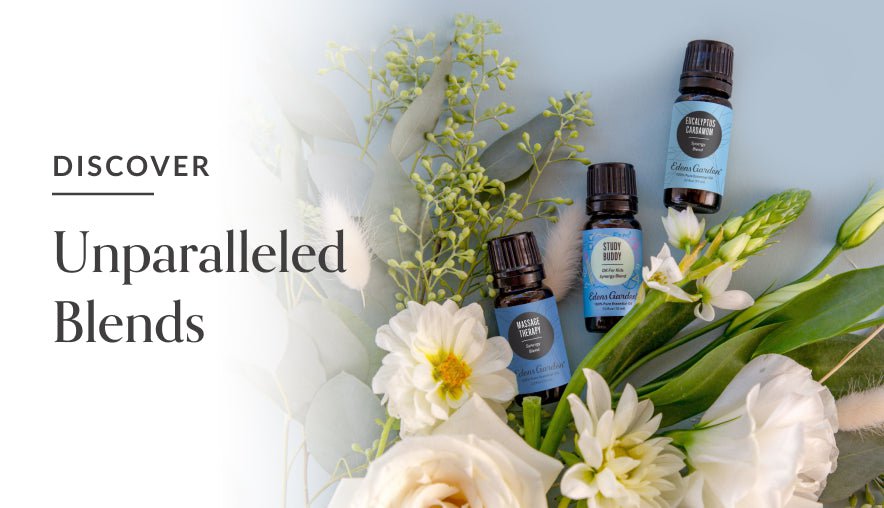
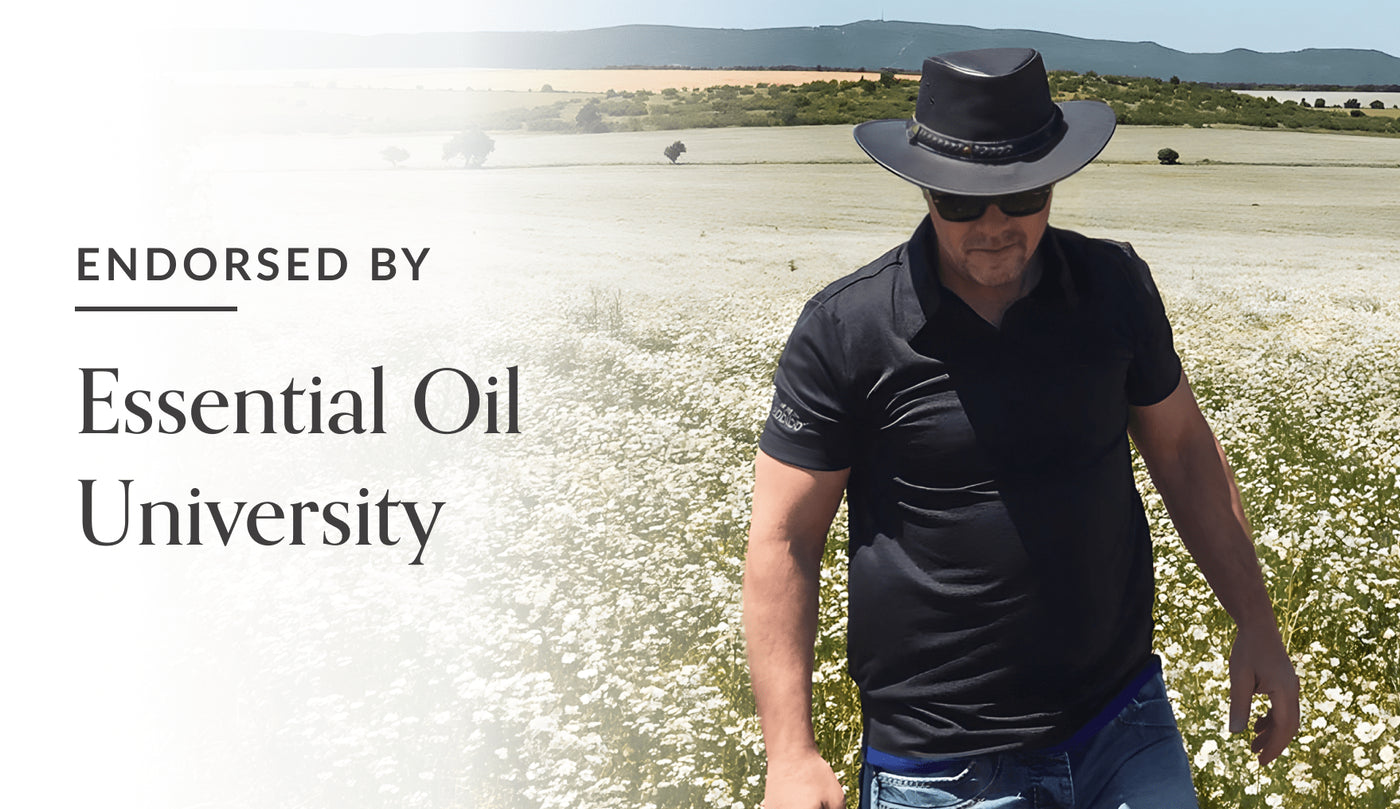
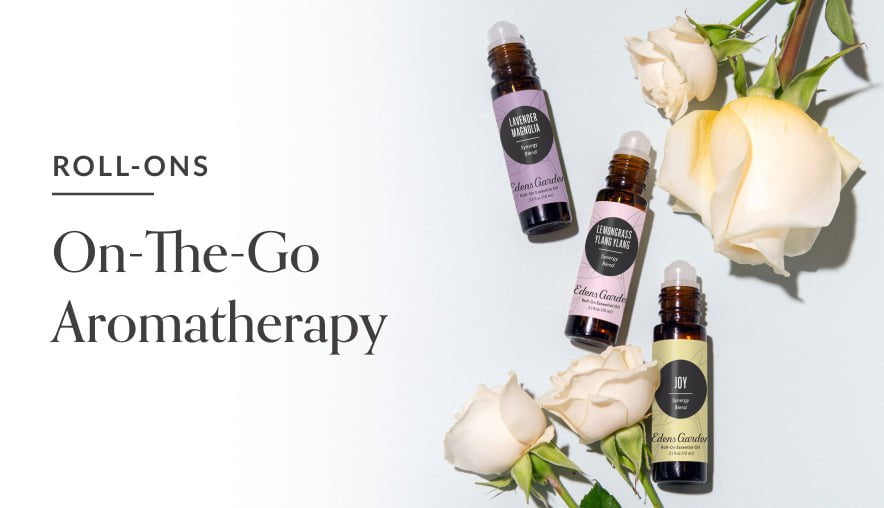
Leave a comment (Comments will be approved before showing up)